Ottoman Empire Economic System
Ottoman empire economic system. However the most obvious signs of destabilization were visible from the beginning of the 1700s. The Ottomans like many other civilizations believed in military. At the beginning of the 17th century the empire contained 32 provinces and numerous vassal states.
All those who are even slightly acquainted with the annals of Ottoman history must have. All economic institutions are shaped around these three principles. In the wealth-power-wealth equation the Ottomans saw military expansion and careful currency use to emphasize manufacturing and industry moving towards capitalist economics with expanding industries and.
Economic Institutions in the Ottoman Empire The economic structure of the Ottoman Empire was based on three basic principles. Significant economic changes in the Ottoman Empire resulted from the rising economic political and military power of Europe in the late eighteenth and nineteenth centuries. In my terms the Ottoman Empire at least at the beginning was a classic case of a world-empire.
The Ottoman Empires economy is made up of trade agriculture transportation and religion. Those guilds regulated economic activities setting quality and pricing standards that guild members had to maintain in order to continue in their occupations. A mass conversion would have spelled economic disaster for the Ottoman Empire.
It is widely believed by historians of the Ottoman Empire that an unwise monetary policy was one of the major reasons for the economic decline of that state from the 16th century onwards 1. The Weakness of the Ottoman Empire during 1700 the 1800s. In addition the arbitrariness of local lords had severe economic and social consequences.
At the end of the 18th century the crisis of the Ottoman Empire manifested itself through a crisis of its military system. The Ottoman Empires economic history spans the years 1299 to 1923. The economic system of the Ottoman Empire consists of many key concepts.
The purpose of this study is to examine this assertion. The Ottoman Empire.
In addition to the religion-based millets Ottoman subjects also organized themselves by economic function into guilds.
The Ottoman economic mind was closely related to the basic concepts of state and society in the Middle East in which the ultimate goal of a state was consolidation and extension of the rulers power and the way to reach it was to get rich resources of revenues by making the productive classes prosperous. Significant economic changes in the Ottoman Empire resulted from the rising economic political and military power of Europe in the late eighteenth and nineteenth centuries. Untill Mehmed II came in to power the monetary system of the Ottoman state was based on the silver standard where economic unit of account was a fixed weight of silver. The Ottoman economic mind was closely related to the basic concepts of state and society in the Middle East in which the ultimate goal of a state was consolidation and extension of the rulers power and the way to reach it was to get rich resources of revenues by making the productive classes prosperous. At some point in time the European world-economy absorbed the Ottoman Empire into its ambit. In Summary Essentially then the Ottoman Empire had a small but elaborate government bureaucracy made up almost entirely of Muslims most of them of Turkish origin. Provisionism traditionalism and fiscalism. At the end of the 18th century the crisis of the Ottoman Empire manifested itself through a crisis of its military system. The Ottomans like many other civilizations believed in military.
In addition to the religion-based millets Ottoman subjects also organized themselves by economic function into guilds. Untill Mehmed II came in to power the monetary system of the Ottoman state was based on the silver standard where economic unit of account was a fixed weight of silver. In addition to the religion-based millets Ottoman subjects also organized themselves by economic function into guilds. The Weakness of the Ottoman Empire during 1700 the 1800s. The Ottoman economic mind was closely related to the basic concepts of state and society in the Middle East in which the ultimate goal of a state was consolidation and extension of the rulers power and the way to reach it was to get rich resources of revenues by making the productive classes prosperous. A great bulk of the empires population was in Turkish held Europe - the Balkansthroughout its history the largest sector of the economy was the agricultural sector. Those guilds regulated economic activities setting quality and pricing standards that guild members had to maintain in order to continue in their occupations.
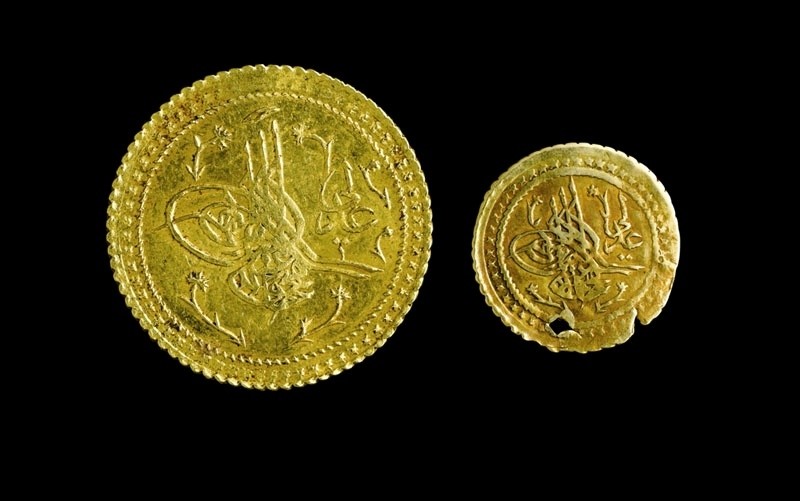
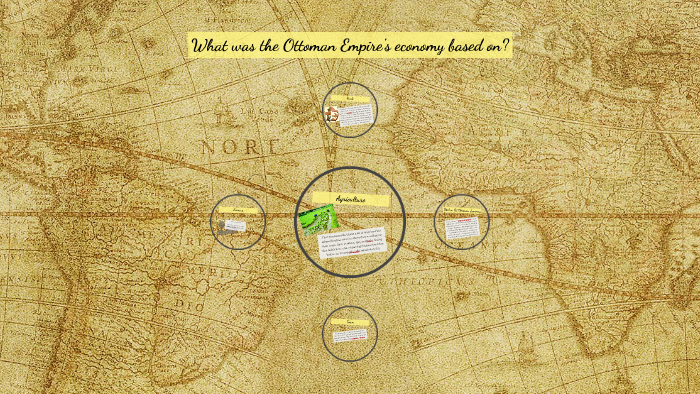


/OttomanFountainofAhmedHultonGetty-57a9cdea5f9b58974a24c0e7.jpg)
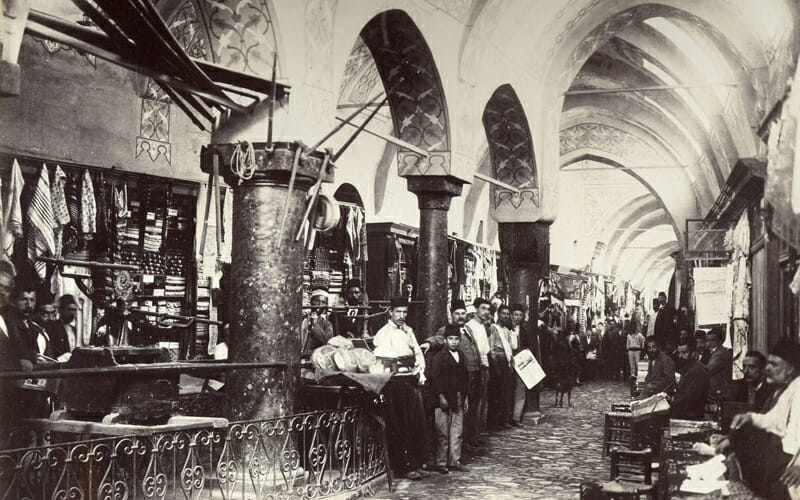




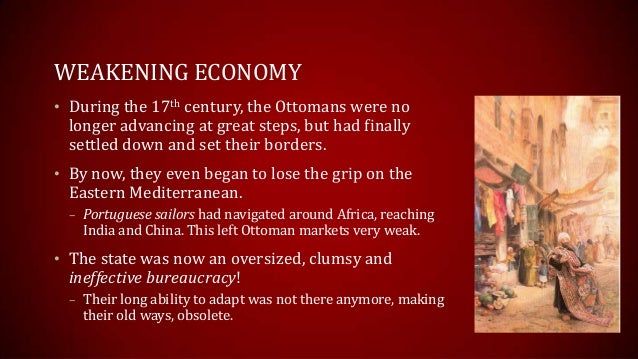

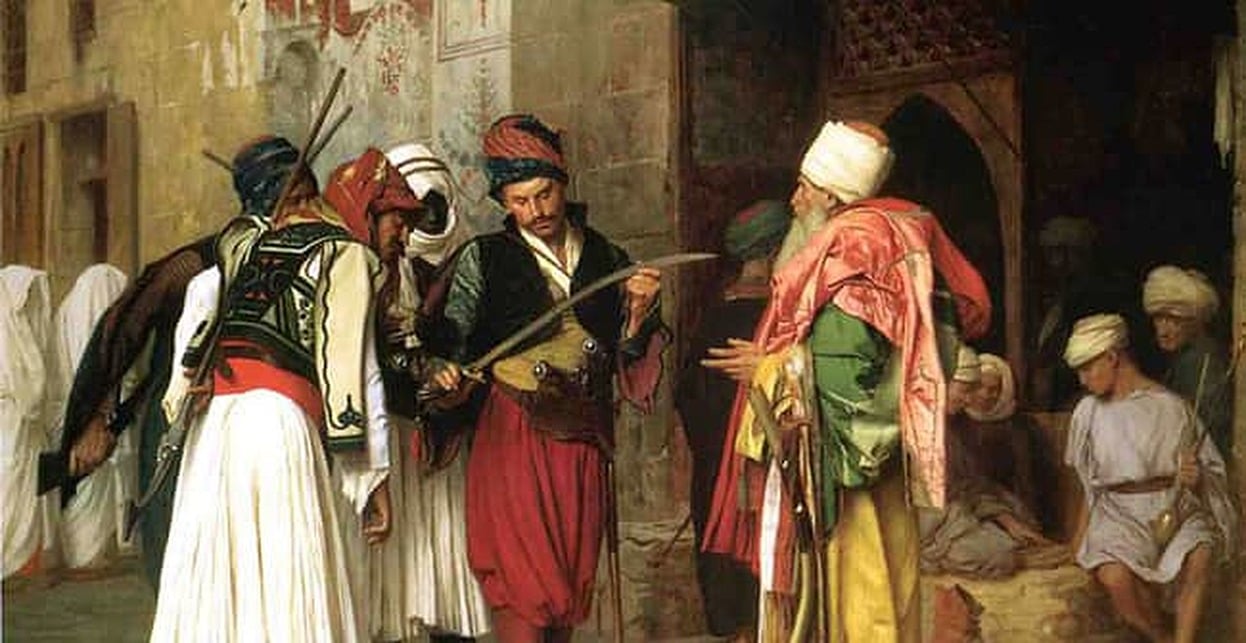

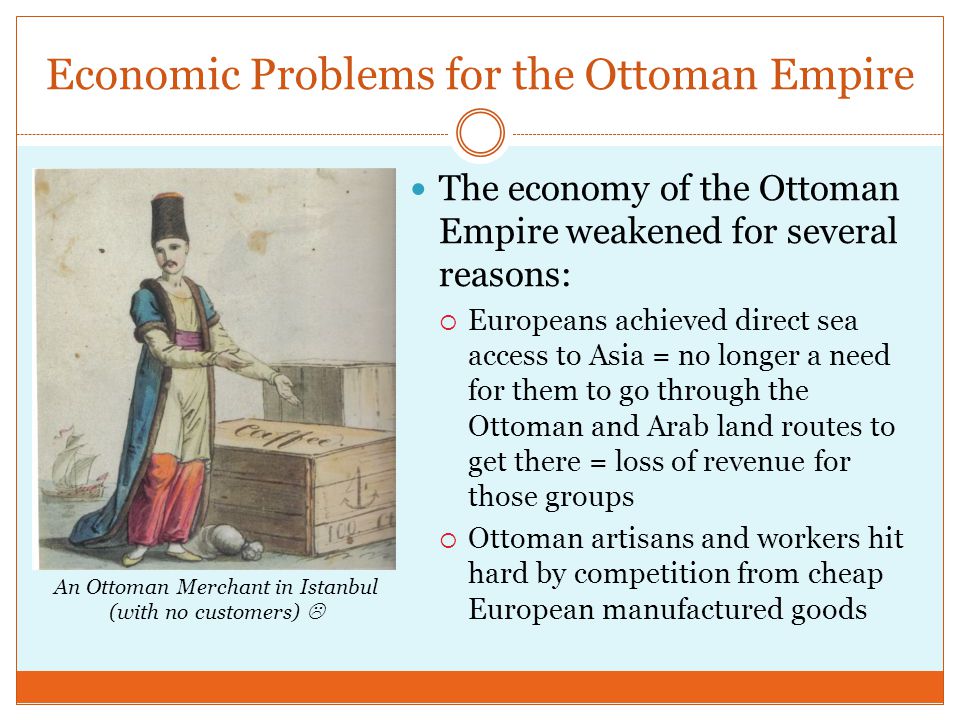


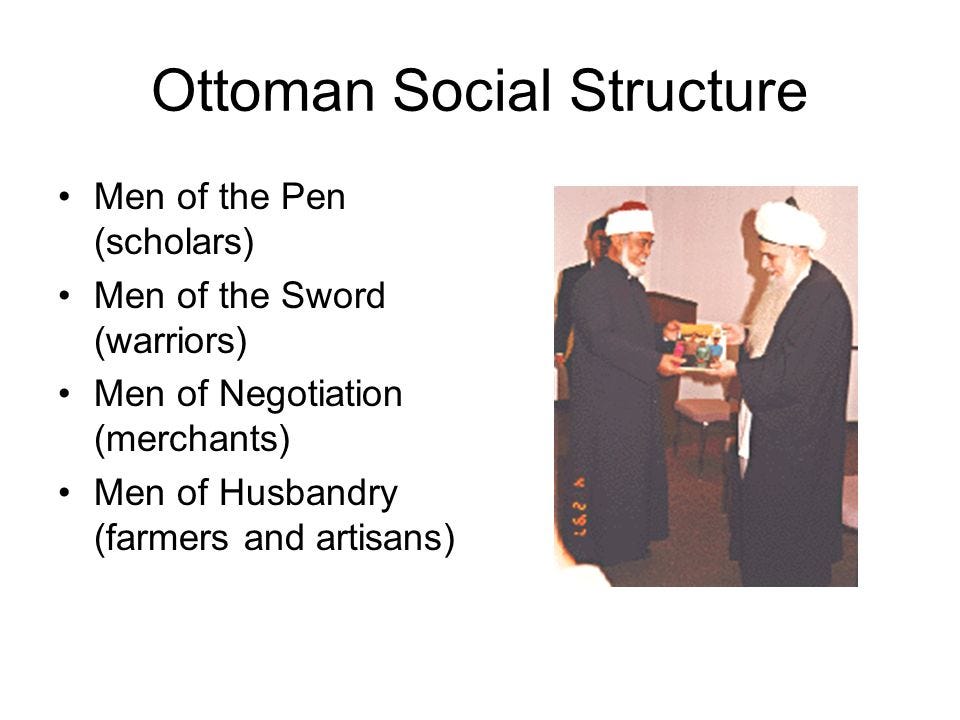

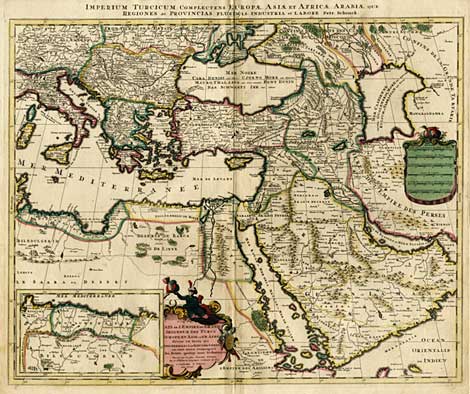


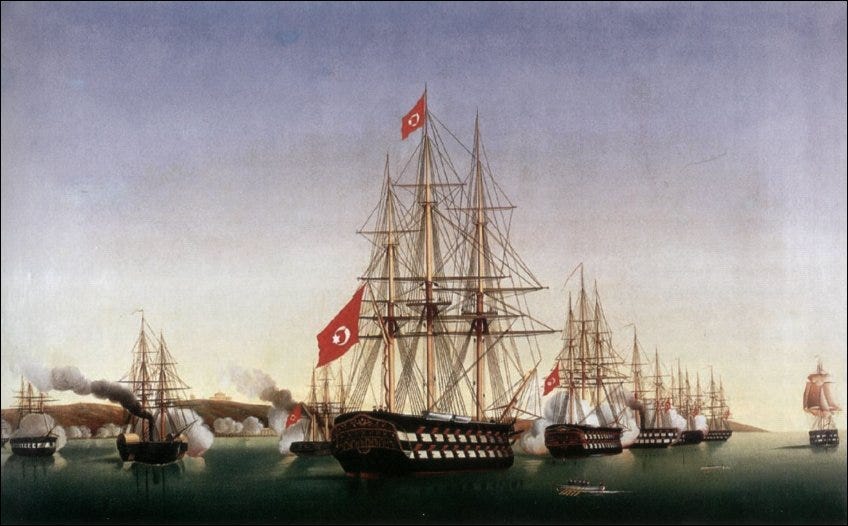







/GettyImages-624913026-5b16b8683418c600370c85c9.jpg)
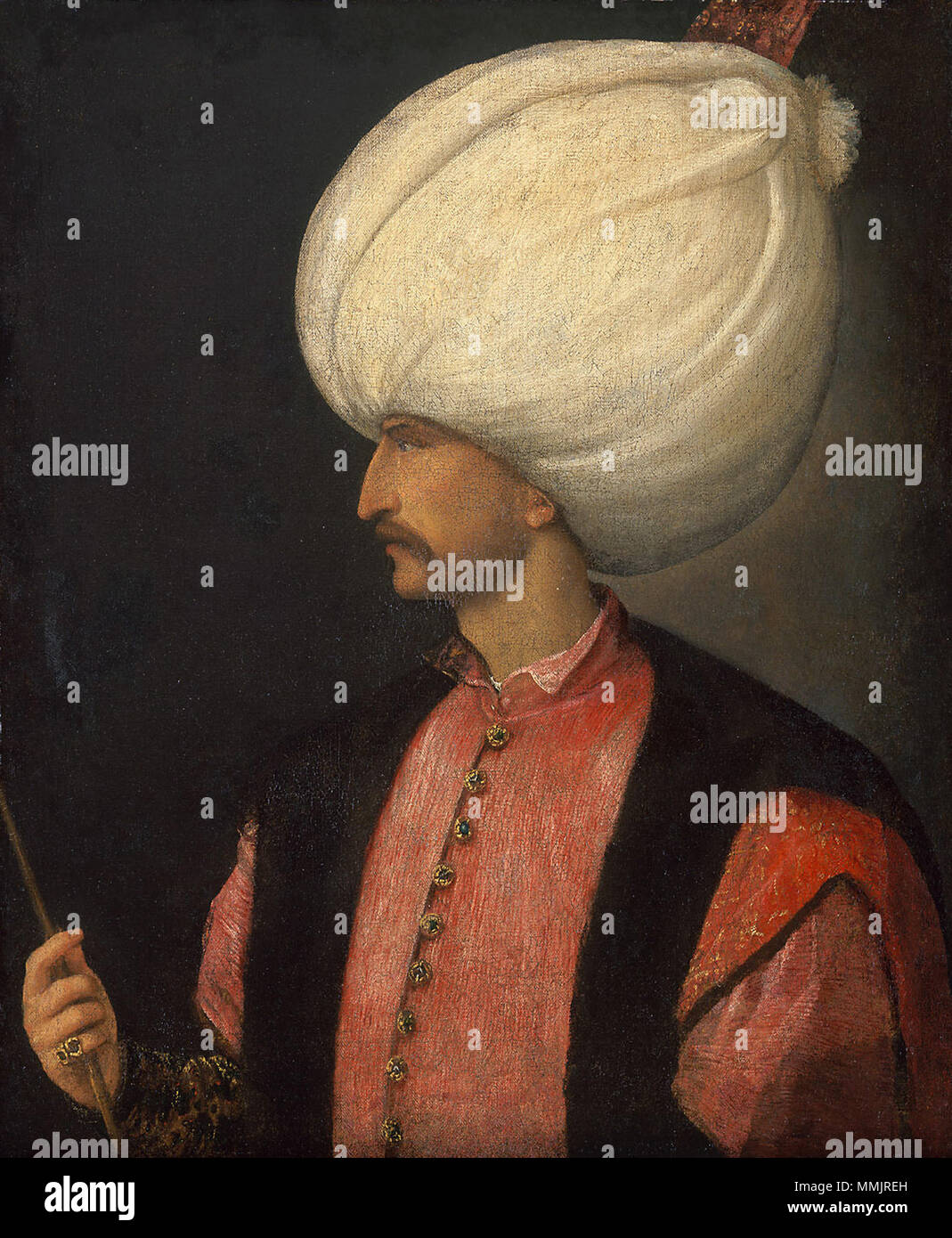

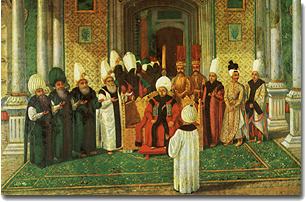


Posting Komentar untuk "Ottoman Empire Economic System"